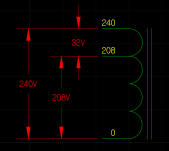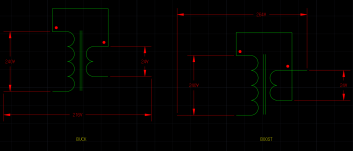dalmatiangirl61
Diamond
- Joined
- Jan 31, 2011
- Location
- BFE Nevada/San Marcos Tx
Pics 1-5 are left to right as seen below, ignore numbering I assigned to them as I downloaded them.
Pic 1. The transformer I need, that I think dealer wants too much $$ for. Pic 2. Schematic for wiring transformer in pic 1 as a buck transformer.
Pic 3, a transformer I found that I think will work, and think is the same as transformer in pic 1.
Pic 4, schematic the mfr used for transformer in pic 3, they used it as a boost transformer.
Pic 5, using an ohmeter I see continuity between all 3 leads, I've drawn it as a star connection, but that might not be right.
The questions: I'm not understanding how if there is continuity between all 3 leads this is not going to be a dead short leading to an awesome spark show? What would be the correct name for this type of transformer? Searching "buck boost transformer" I get a million hits for multi lead transformers, and none showing the type pictured here.
Pic 1. The transformer I need, that I think dealer wants too much $$ for. Pic 2. Schematic for wiring transformer in pic 1 as a buck transformer.
Pic 3, a transformer I found that I think will work, and think is the same as transformer in pic 1.
Pic 4, schematic the mfr used for transformer in pic 3, they used it as a boost transformer.
Pic 5, using an ohmeter I see continuity between all 3 leads, I've drawn it as a star connection, but that might not be right.
The questions: I'm not understanding how if there is continuity between all 3 leads this is not going to be a dead short leading to an awesome spark show? What would be the correct name for this type of transformer? Searching "buck boost transformer" I get a million hits for multi lead transformers, and none showing the type pictured here.


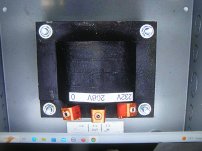
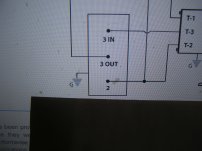
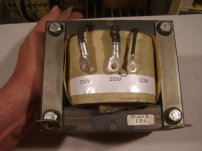
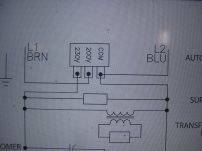
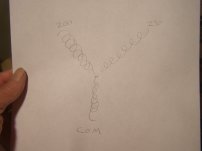
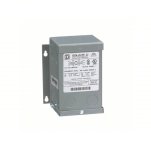
 .
. .
.